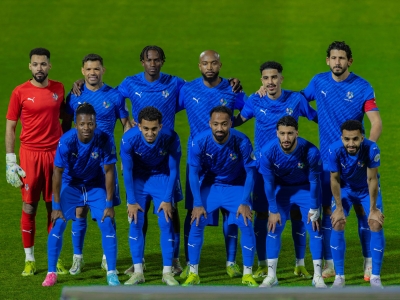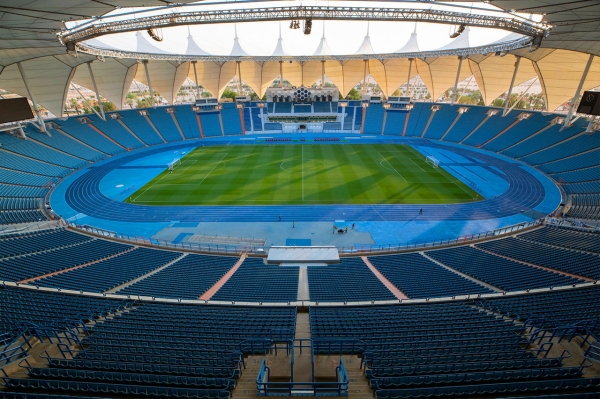
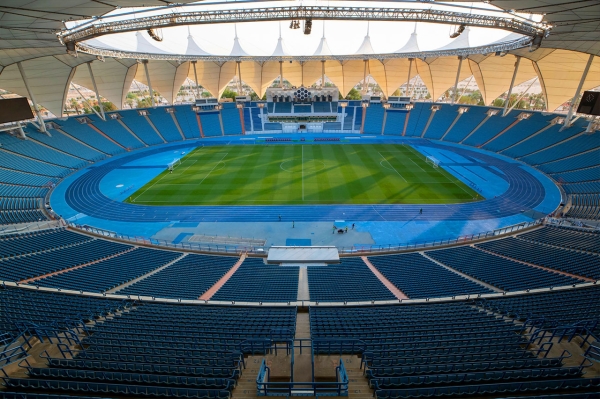
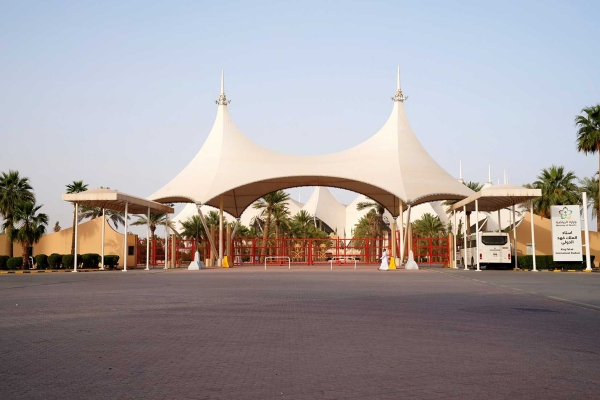
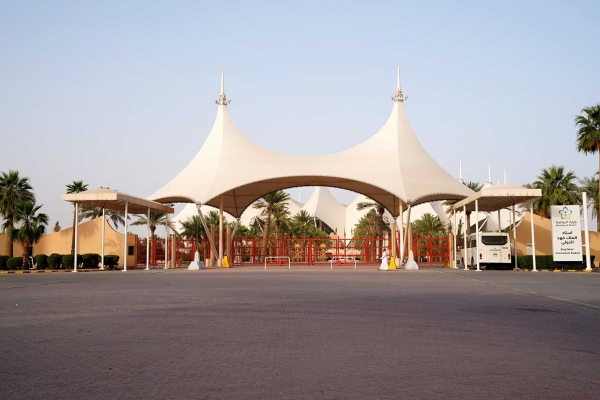
King Fahd Sport City Stadium is a sport venue in the Kingdom of Saudi Arabia. It is one of the stadiums dedicated to host the 2034 FIFA World Cup and the 2027 Asian Cup. It is also a multi-purpose sport facility that is overseen by the Ministry of Sport. The stadium was inaugurated during the reign of King Fahd Bin Abdulaziz Al Saud in 1988. It is located in the northeast of the capital, Riyadh, specifically on Prince Bandar Bin Abdulaziz Road in al-Mu'ayzilah Neighborhood.
Its roof features an architectural design inspired by the traditional Arabian tent. It is located near the Sports Boulevard project, which will provide easy access to green spaces. The stadium renovation project will witness a significant increase in seating capacity and the ability to host a variety of events, ranging from football matches to musical concerts.
Area of the King Fahd International Stadium
The total area of King Fahd Sport City Stadium is approximately five hundred thousand m, with a seating capacity of 58,398 seats. This includes 7,500 seats for families and 1,545 VIP seats, making it the second-largest stadium in the Kingdom in terms of seating capacity. The stadium consists of a natural grass field, a running track, and partially shaded bleachers adorned in blue.
Facilities at the King Fahd International Stadium
The stadium is surrounded by various facilities and installations, including: the players' building, the grass football field and its service appendages, the running track, athletics facilities, the protective channel, bleachers, spectator seating, platforms for special needs seating, ticket windows, an indoor sports hall for handball, basketball, volleyball, judo, karate, and other sports, as well as a mosque, outdoor spaces, gardens, and parking lots.
Uses of the King Fahd International Stadium
The King Fahd International Stadium is primarily used for football matches. It is known among fans by several names, such as Durrat al-Mala'eb (The Pearl of Stadiums), Mala'ab al-Khaymah (The Tent Stadium), and Durrat al-Mustaqbal "The Pearl of the Future), due to its design inspired by Arabian tents. It is also used for official ceremonies and sports and cultural competitions.
The stadium is accessible through a number of high and branch roads, including Prince Mohammed Bin Salman Road, Khurais Road, King Abdullah Road, Sheikh Isa Al Khalifa Road, Prince Bandar Bin Abdulaziz Road, and al-Janadria Road.
The football match between the Saudi national team and the Omani national team in the ninth Gulf Cup tournament in 1988 was the first game hosted in the stadium. The match ended in victory for the Saudi team, and it was Fahd al-Harifi who scored the first goal in the stadium's history.
Development of the King Fahd International Stadium
On December 1, 2023, after the capital's derby between al-Nassr FC and al-Hilal SFC, the Ministry of Sport decided to close the King Fahd International Stadium to begin construction development work on its facilities as it is one of the stadiums hosting the 2027 Asian Cup and the 2034 FIFA World Cup finals, increasing its seating capacity to seventy thousand seats. This included the construction of five side football fields, two FIFA training pitches, a football academy, running tracks, a cycling track, a sports shop, a sports museum, multiple sale points, a temporary removable running track, a multi-sport hall, golf courses, futsal fields, and a theater/display space.
King Fahd Sports City Stadium Information
- Current Status: Existing, under renovation.
- Expected Completion Date: 2026.
- Total Capacity: 70,200 spectators.
- 2034 FIFA World Cup Stages to be Hosted: Group stage, Round of 32, Round of 16, Quarter-finals, and Semi-finals.
Related quizzes
Related articles


